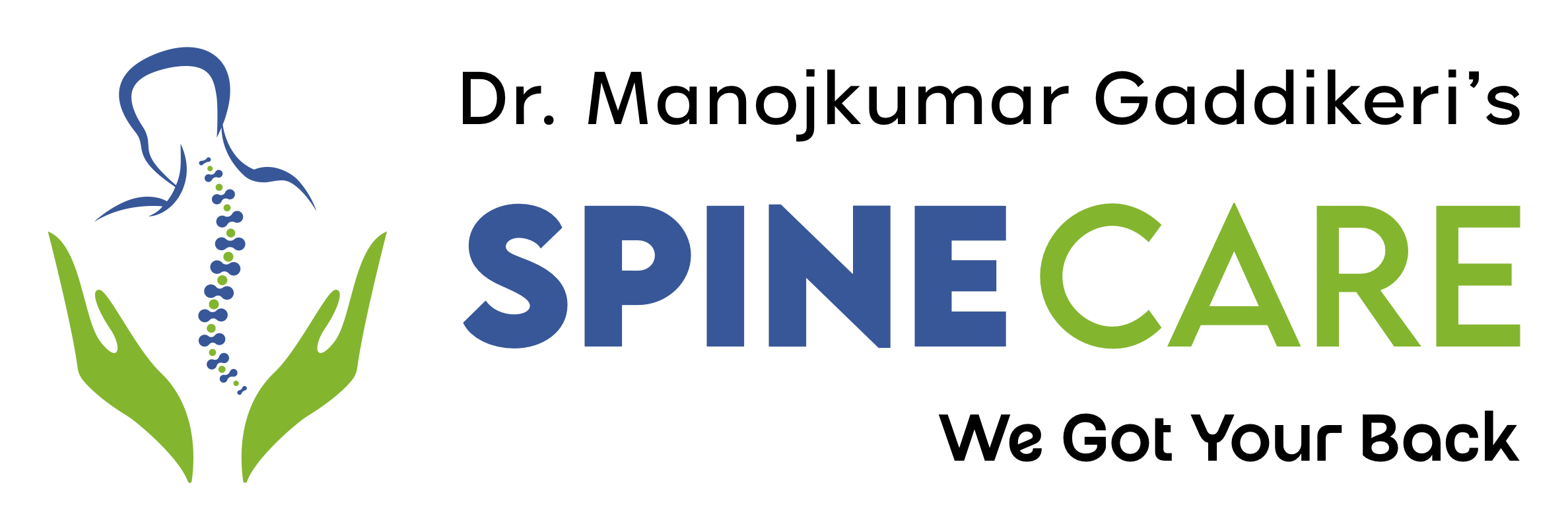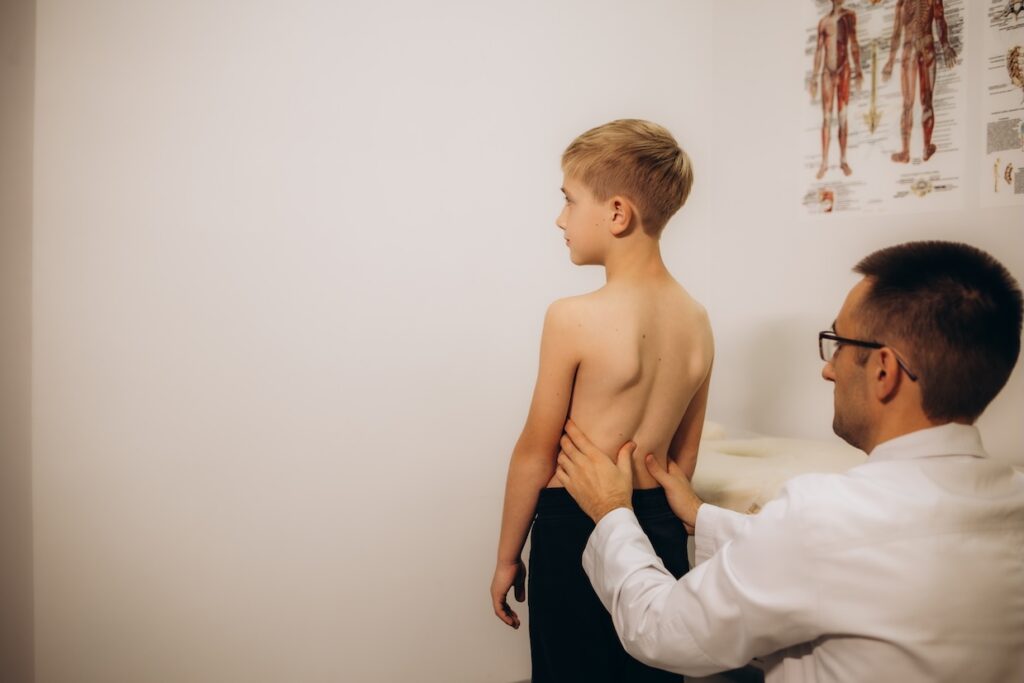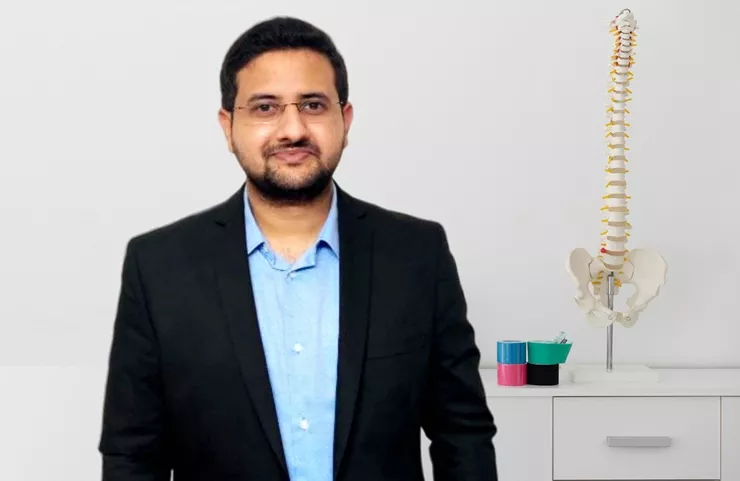Introduction
Scoliosis, a condition that causes abnormal curvature of the spine, is common among children. When detected early, scoliosis can often be managed with monitoring or non-surgical treatments. However, for severe cases, surgery may be necessary to prevent the condition from worsening and to ensure normal growth and development. In this article, we’ll explore whether children can undergo spine surgery for scoliosis, what the options are, and what parents should consider before making a decision.
What is Scoliosis in Children?
Scoliosis in children occurs when the spine curves sideways, often forming an “S” or “C” shape. It is usually diagnosed during routine school screenings or check-ups. Although it can occur at any age, scoliosis is most commonly diagnosed in children between the ages of 10 and 15.
There are three main types of scoliosis seen in children:
- Idiopathic Scoliosis: The most common type, with no known cause.
- Congenital Scoliosis: Caused by abnormal spinal development before birth.
- Neuromuscular Scoliosis: Occurs due to a neurological or muscular condition, like cerebral palsy or muscular dystrophy.
The severity of scoliosis can vary, and while mild cases may not require surgery, more severe curves can significantly affect a child’s posture, breathing, and overall health.
When is Spine Surgery Considered for Children with Scoliosis?
Spine surgery is typically considered when a child’s scoliosis curve is severe (greater than 40-50 degrees) or worsening over time. Surgery is also considered if the curvature is causing pain, affecting lung or heart function, or leading to other complications.
Key factors influencing the decision for surgery include:
- Age and Growth: Surgery may be recommended for children who are still growing, as it can prevent the curve from worsening.
- Severity of the Curve: A curve greater than 40-50 degrees is generally considered for surgery.
- Curve Progression: If the scoliosis is rapidly progressing, surgery may be necessary to stop further deformity.
- Non-Surgical Methods Failure: If bracing or physical therapy isn’t effective in controlling the curve, surgery may become the next option.
Types of Spine Surgery for Scoliosis
There are a few different types of spine surgeries used to treat scoliosis in children, depending on the severity and type of curvature:
- Spinal Fusion Surgery: This is the most common surgery for scoliosis, where two or more vertebrae are fused together to stop the curve from progressing. A combination of bone grafts and metal rods is used to help straighten the spine.
- Growing Rods: For younger children whose bones are still growing, growing rods can be used. These rods can be lengthened periodically as the child grows, helping to control spinal growth while maintaining mobility.
- Vertebral Body Tethering (VBT): This newer technique is minimally invasive and involves placing a cord-like tether on the spine to stop the curve from worsening while allowing growth. This method is less invasive than spinal fusion and is ideal for children who still have a lot of growth left.
Each of these surgeries has its own benefits and risks, and a pediatric spine surgeon will recommend the most suitable option based on the child’s specific condition.
Benefits of Spine Surgery for Children
When done correctly, spine surgery can provide significant benefits for children with scoliosis:
- Prevents Further Curvature: Surgery can stop the progression of the curve, preventing it from affecting a child’s quality of life.
- Improves Posture: Correcting the curvature can help improve posture and balance, reducing visible deformity.
- Pain Relief: Surgery can alleviate chronic back pain associated with severe scoliosis.
- Better Lung and Heart Function: In cases where the curvature is severe enough to restrict lung or heart function, surgery can improve respiratory health and overall well-being.
Risks and Considerations for Children Undergoing Spine Surgery
While spine surgery can be highly effective, there are potential risks and considerations, including:
- Infection: As with any surgery, infection is a risk, although modern techniques have reduced this significantly.
- Blood Loss: Some spine surgeries can result in substantial blood loss.
- Nerve Damage: There is a small risk of nerve damage, which could lead to loss of function in the legs or other parts of the body.
- Impact on Growth: For children still growing, certain types of surgery, especially spinal fusion, can impact future growth patterns.
Additionally, children and their families should consider the emotional and psychological impact of surgery, as recovery can be lengthy and challenging.
Recovery After Spine Surgery for Children
Recovery from spine surgery varies based on the type of surgery performed, but there are general expectations:
- Hospital Stay: Most children stay in the hospital for a few days after surgery for monitoring and initial recovery.
- Pain Management: Pain medications will be prescribed to manage discomfort during the early recovery period.
- Physical Therapy: Physical therapy is often recommended to improve strength and mobility after surgery.
- School and Activity Restrictions: Children may need to refrain from physical activities, including sports and heavy lifting, for several months after surgery.
A full recovery can take up to a year, but most children return to regular activities within a few months.
The Role of Parents in the Surgical Decision-Making Process
Parents play a critical role in deciding whether surgery is the right choice for their child. Consulting with a pediatric spine surgeon and considering factors like the child’s age, curve severity, and overall health is essential. It’s also helpful to seek a second opinion to ensure all options are explored.
Parents should ask questions about the potential benefits and risks, the expected recovery process, and how surgery may impact their child’s life in the long term.
Alternative Treatment Options for Children with Scoliosis
Not all children with scoliosis need surgery. For mild to moderate cases, non-surgical treatments may be effective:
- Bracing: For children who are still growing and have a curve between 25-40 degrees, wearing a brace may help prevent the curve from worsening.
- Physical Therapy: Certain exercises may help strengthen the muscles surrounding the spine and improve posture.
- Monitoring: For mild scoliosis, regular monitoring by a healthcare professional may be all that’s needed.
These treatments can delay or prevent the need for surgery in many children.
Conclusion
While spine surgery for scoliosis in children may seem daunting, it can be a life-changing procedure that improves both the physical and emotional well being of your child. Understanding when surgery is necessary, the types of surgeries available, and the potential risks and benefits can help you make an informed decision. Always consult with a trusted pediatric spine surgeon and explore all treatment options to ensure the best possible outcome for your child.








